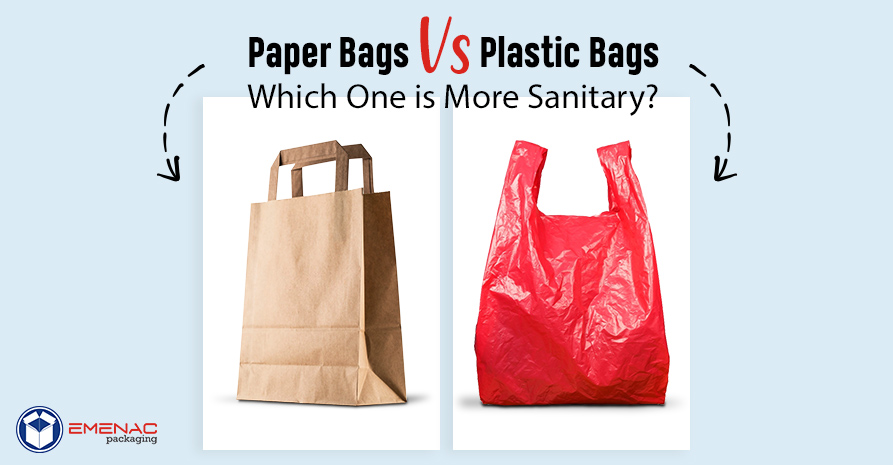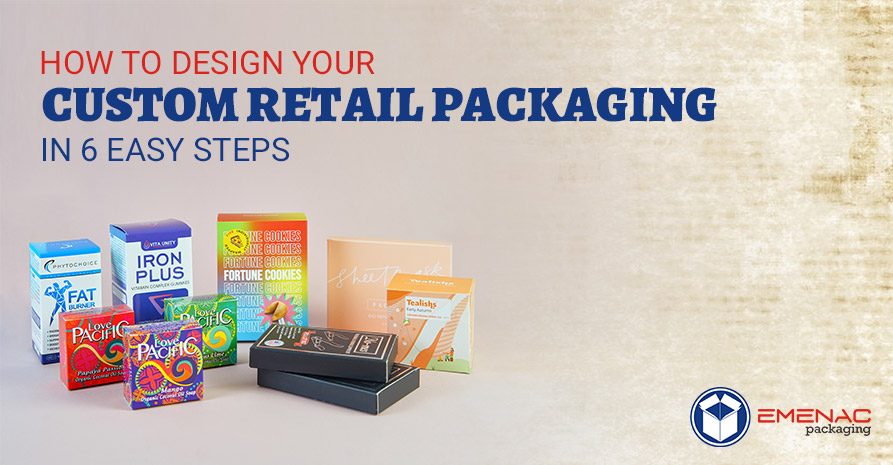Paper Bags Vs. Plastic Bags: Which One is More Sanitary?

In the packaging and retail universe, the dispute between plastic and paper materials might never be settled. Each of the materials has its specific qualities and benefits that cannot be ignored. Although, with the rise of awareness against the diverse effects of plastics on the environment, customers and retailers alike, have started to either reduce their use of plastic or swear it off; most countries are even banning the use of single-use plastic bags promoting the use of either paper or fabric bags.
Aside from the sustainability problem, there is the dilemma of sanitation and safety of these bags. The pandemic pushed the public into panic mode where everyone is constantly questioning the safety of their surroundings. This presents a great opportunity to discuss the possibility of either of the options’ healthful role. Here are the facts:
Paper Bags:
The packaging industry is also admired for coming up with paper packaging which delivers no harm to the environment. However, this feat can be brought under question because some of the industries consume even more resources to make paper bags than plastic bags subsequently damaging the environment.
On the other hand, the way paper bags are stored and preserved, paper bags carry the risk of homing bacteria and other invading organisms. These bags can be a suitable place for germs and bacteria to develop once exposed to a damp atmosphere. In addition, these organisms can survive for long inside the paper bags, making it easier to infest products.
When it comes to the recent virus wreaking havoc, you have to know that viruses do not spread as easily as bacteria although they can survive tough environments. It is wise to sanitize your paper bags before and after use thoroughly and every time you touch the bag. Tote paper bags and matte papers are good options for using in stores and easy to sanitize and keep clean.
Plastic Bags:
Plastic bags also have different types based on their materials. Some materials are more likely to be contaminated and stay so for longer than others. For example, PP bags can stay contaminated for up to three days and other types can also harbor viruses very easily. Hence it is wise to sanitize your plastic bags frequently.
Even plastic bags that are stored in car trunks and other places with high temperatures show high levels of contamination and faster growth of germs. The use of such bags can lead to health issues very easily. Research has shown a link between using grocery plastics and certain diseases.
It is a piece of happy news that recyclable plastics and degradable ones tend to be contaminated way less than their single-use halves. The use of natural oils during their production results in lesser harm to the ozone layer.
Certainly one cannot make a final decision based on a single factor. It is the balance of all the factors that count as the winning score for these options. From the aforementioned details, we can conclude that sustainable plastics are the best option when it comes to protection against bacteria and viruses, however, that does not render paper bags redundant.
Share This



